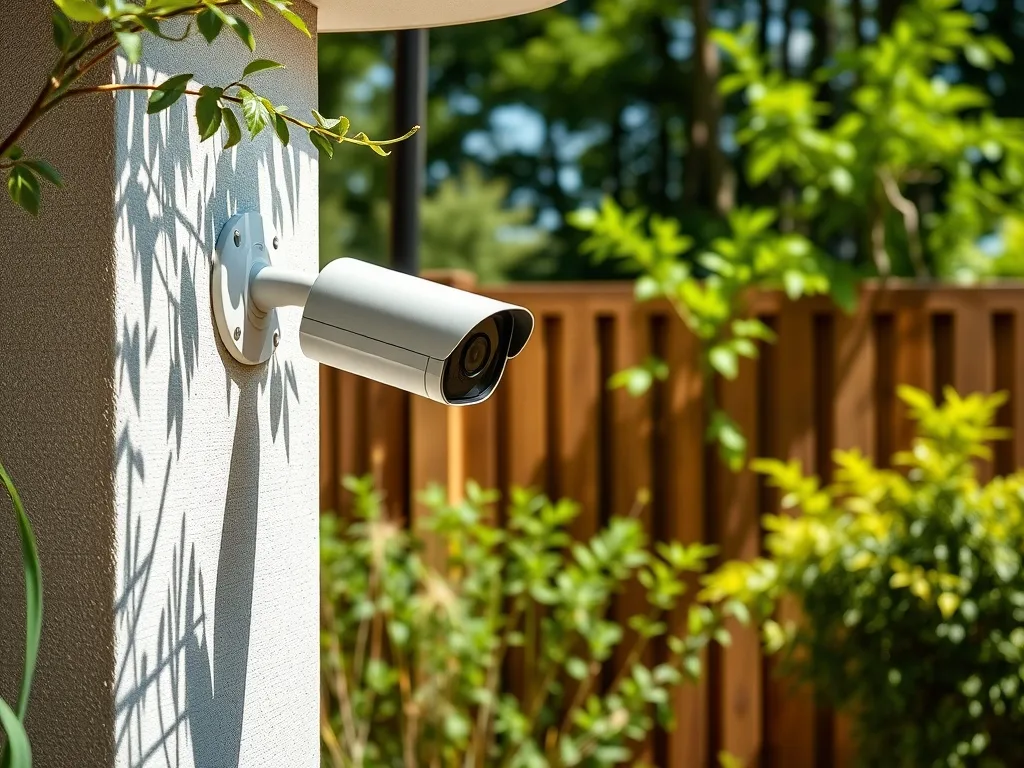How to choose the best location for installing security cameras?

There are no little things when we speak about security of your home. Choosing the best cameras you can afford is a good step, but placing them properly also matters much. Many tech-savvy home owners feel confident when they pay the bill for state-of-the-art devices, but wrong spots for installation negate their efficiency. That is why professional installers emphasize the value of indoor and outdoor security camera placement.
Naturally, properties differ in size and layout, and there are no schemes equally good for any home or outside territory; each of them needs thorough consideration. In this guide, we will discover the best practices for security camera installation and explore the ways they can be mounted to ensure full coverage, gather clear and usable footage, and, naturally, deter intruders.
What makes correct security camera placement so important?
Professional installers always start with exploration of property; it is the first step in development of effective video surveillance system for a certain property. Their goals are the following:
- Coverage of key entry points.
- None or fewer obstructions and environmental interference.
- Utmost visibility round the clock.
- Deterrence of potential intruders just by camera presence.
- Capture of valuable evidence in case a security breach still occurs.
Correct placement allows to reach all these goals at once, so that home or business owners could feel absolutely safe. Vice versa, poor camera positioning can result in many blind spots, low-quality footage, and completely missed incidents and threats. That is why finding the right location for security cameras is really worth time and effort.
Security camera positioning – General principles
Before going into details, it is very helpful to grasp universal rules of effective placement for both indoor and outdoor security cameras.
- Adequate height. It is necessary to estimate the right level above the ground to prevent tampering. Installers usually mount cameras at least 8-10 feet high; it is quite enough to protect the hardware from vandals while retaining clear footage and face recognition.
- Away from direct sunlight or glare. Sun can blind security cameras by direct light or via reflected surfaces. Shaded areas, corners, or eaves are the best spots to maintain consistent lighting.
- Wide angles. Security cameras are more effective in wider angles; this position allows them to cover entrances, walkways, and spacious areas, such as driveways or garages. Installers always consider them as the best locations to reduce blind spots and the overall number of cameras to install in a certain property.
- Visibility. On the one hand, invisible cameras don’t interfere with design. On the other, a clearly visible components of video surveillance act as deterrents. You may hide some of them while leave the others in view for a better productivity of your security system.
Besides, both installers and property owners have to consider local privacy laws. Pointing cameras toward neighboring properties and some private zones like bathrooms and bedrooms is naturally a taboo; however, some local legal acts may contain more restrictions, so it is very important to check them before security camera installation.
Outdoor security camera placement – the best spots

Outdoor components of video surveillance system allow to catch or to deter potential intruders before they enter your home. All access points, vulnerable areas, and the entire perimeter must be monitored. So, the best spots for security camera installation are the following:
- Front door. It may sound surprising, but the majority of break-ins happen right through it, so it is the first location to be protected. As a rule, security cameras are mounted just above the door, angled downward; it is the right position for capturing visitors’ faces without distortion. It is also good to consider protective covering for cameras, as well as combinations with a doorbell cam.
- Back and side doors. These are less visible entry points, but they are also a tasty morsel for burglars who assume that these areas are monitored less. That is why each exterior door should have its own security camera angled to see someone’s approach. Models with lighting and floodlight are helpful for those who seeks good visibility and round-the-clock video surveillance.
- Garage and driveway. These areas are also hot zones for suspicious activity due to parked cars and garage access to the house. To provide effective monitoring, installers usually place cameras above the garage to grasp the entire driveway and may add devices inside and from the side of the house for an enhanced view of side windows.
- Ground-floor windows. They are usually hidden from street view and it makes them a common break-in point. It can be fixed through placing cameras on eaves or corners which overlook these windows or in spots free from bushes or decorations which could block the footage.
Also, backyard and fence line should also be included into coverage areas, as they are private and thus more vulnerable. It is very helpful to position cameras in a way to monitor the entire territory, including garden sheds and gates. A small lifehack; motion-detection models are the best for protecting longer outside territories.
The best ocations for indoor cameras
Outdoor video surveillance systems are built mostly to prevent while indoor cameras are crucial for peace of mind and collecting evidence if someone gets past the first layer of protection. Here are the spots where they work better:
Entryways and hallways. The best way to provide efficient monitoring there is to place cameras diagonally in the too corner of the room; if the light reflection is heavy, it may be lowered at eye-level. This position allows them to cover both entrance and the path intruders would take.
